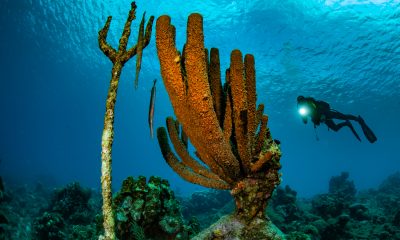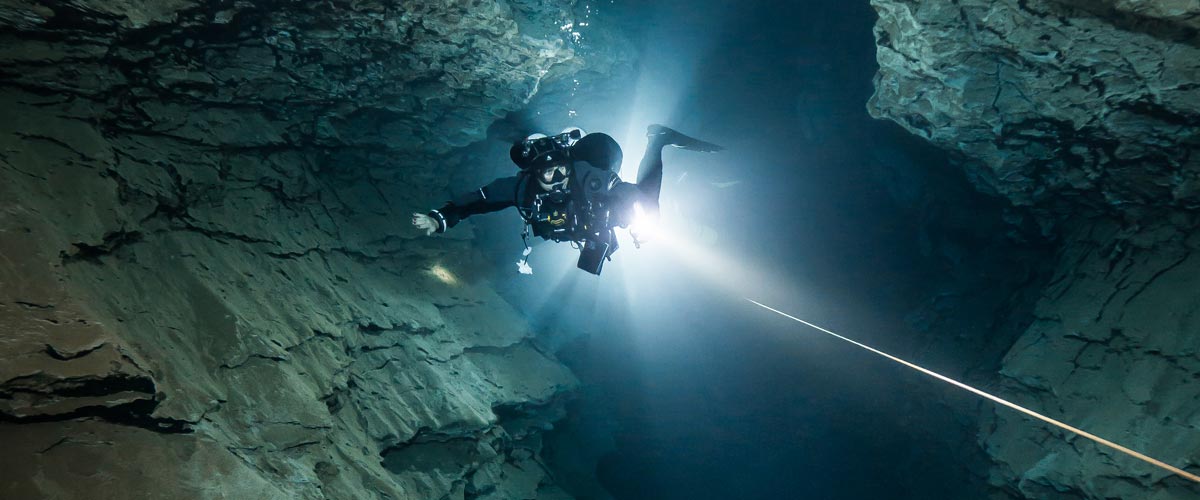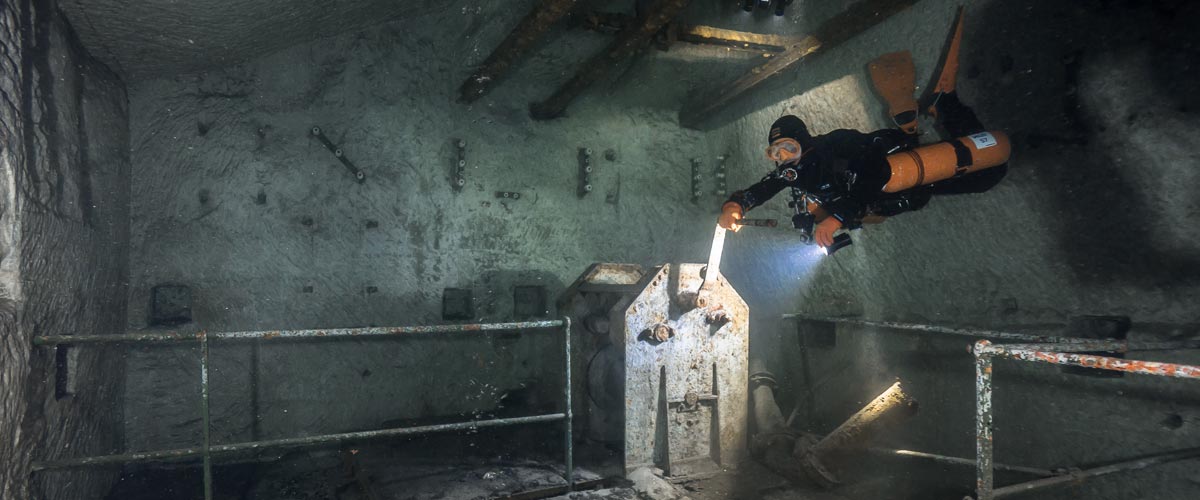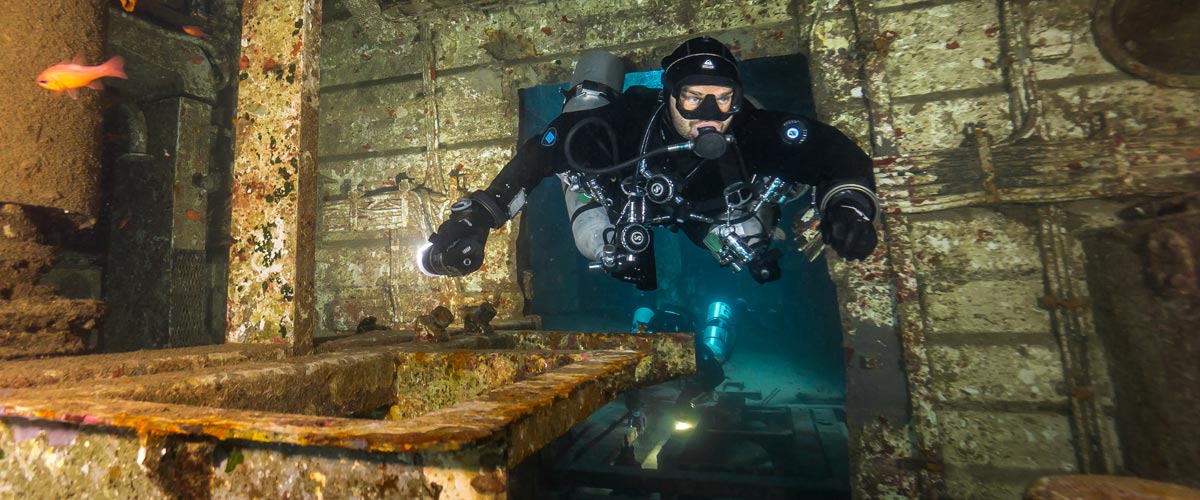Dive Training Blogs
The importance of proper weighting
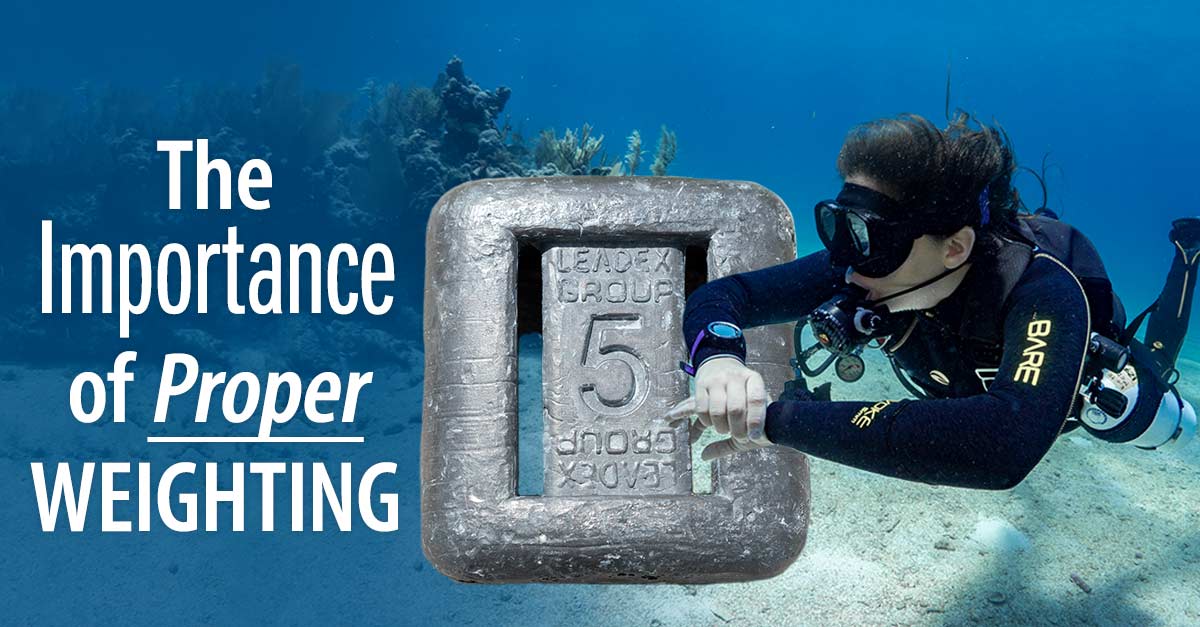
By Gemma Smith
So you have certified as a new diver and want to get in the water diving and practicing as soon as possible. You remember from your introductory scuba diving course all the main skills you learned. There is just so much fun stuff to work on and improve upon when diving! It’s all too easy in the enthusiasm of wanting to get UNDER the water to forget that a large part of what makes your life easier as a diver takes place BEFORE you even first start your descent.
Proper weighting is, without a doubt, one of the most important requirements for the competent diver. It, unfortunately, seems to be one of the most commonly overlooked though. I worked for a year in one of the busiest dive centres in the Caribbean. The problem that reared its ugly head, again and again, was novice, and sometimes even experienced divers, having problems because of incorrect weighting. If you are willing to take the time though it is actually one of the easier adjustments to make. Get it right and it will without question bring on your skills as a diver in leaps and bounds.
Why is weighting so important anyway?
Proper weighting really is the solid base on which we build safe diving skills. It allows us to fine tune and control our buoyancy. This means controlled descents. It means a smooth and well-positioned body position on the dive. It also allows a slow and steady ascent and safety stop at the end of the dive. Correct weight means less drag, better trim, and normally a reduction in gas consumption (SAC rate). Too much weight, on the other hand, has the risk of a fast descent. This may result in mask squeeze, ear barotrauma, or in going deeper than your planned maximum depth because of too speedy a descent.
It will also make buoyancy control much more difficult. An over-weighted diver needs to add more air to their BCD to try and get neutral, but this will only force them to make more buoyancy adjustments as the air expands and contracts with depth changes. Too little lead, on the other hand, has issues if you don’t actually have enough weight to safety ascend slowly and hold your stops. As Goldilocks said about the Three Bears’ porridge in the famous children’s story, weighting really needs to be ‘neither too much or too little, but just right’.
So where do I go from here?
The easiest way to check your weighting is to do a weight check at the beginning and end of your dive. It’s simple:
- Once floating comfortably in the water at the start of your dive make sure your mask is on and your regulator is in your mouth. While in the vertical position take a breath in. No need for a large lungful of air, just a normal breath.
- Hold your breath (while it is NEVER ok to do this underwater, for checks like this one on the surface it is safe).
- Use your BCD inflator to dump all the air from your BCD. Make sure you keep hold of your inflator so if you start to sink unexpectedly quickly you can add more air and become positively buoyant again. For those divers wearing drysuits, fully open your exhaust dump, and vent your drysuit of air.
- The general idea is that when properly weighted you will float at eye level at the surface while holding a normal breath.
- Now breath fully out. You should sink past eye level and start to slowly descend on that exhalation. Although it is tempting, try and resist the urge to fin or scull with your hands. Doing this will not give you a real measure of whether or not the weight you have on is correct.
- Return to the surface of the water and repeat the exercise with less weight. A properly weighted diver should just be able to get under the water when they exhale. Your descent should be in control and stable, not a plummet to the depths.
- If you found you couldn’t descend comfortably add more weight in small increments. Keep adding until you can complete the weight check with ease.
Do a weight check at the beginning of the dive to make sure you can start the descent. Don’t forget though that your scuba cylinder will become more buoyant throughout your dive as you use the air. Perfectly weighted at the start will mean underweighted at the end, so adjust accordingly. The aim is to be able to hold your safety stop easily at the end of your dive, with little or no air in your BCD. Also, think about whether you are diving a steel or aluminium tank. While steel will have a slight change in weight when less full of air, the change in weight of an aluminium cylinder is more significant.
My weight is now perfect so I’m done, right?
Well, not exactly. To be weighted properly is a continual trial of experimentation and adjustments. Change exposure suits or what you are wearing, change the cylinder size or gear configuration, or change the environment? What you need in terms of weight will change. A thicker wetsuit or more thermals under a drysuit means you will need more weight in order to sink. Diving in fresh water for the first time when you normally dive in the sea will mean less weight. After all, seawater is denser than fresh.
Achieving proper weighting is an evolving process, and one that you will probably adapt and change many times over your dive life. More diving experience and becoming more relaxed as a diver may even result in a change of weight, as your SAC rate goes down over time. Like all the skills we have in our diving toolbox, just completing them once is not enough. Repetition and fine-tuning is needed to truly become capable and confident as divers. While a simple weight check may seem unnecessarily basic for the more experienced diver, it is part of the solid foundations we first learned as new divers. It is these entry-level skills that enable more advanced and complex additions to be competently added to our diving repertoire over time.
To find out more about International Training, visit www.tdisdi.com.

Blogs
Intro to Tech: What is it about?
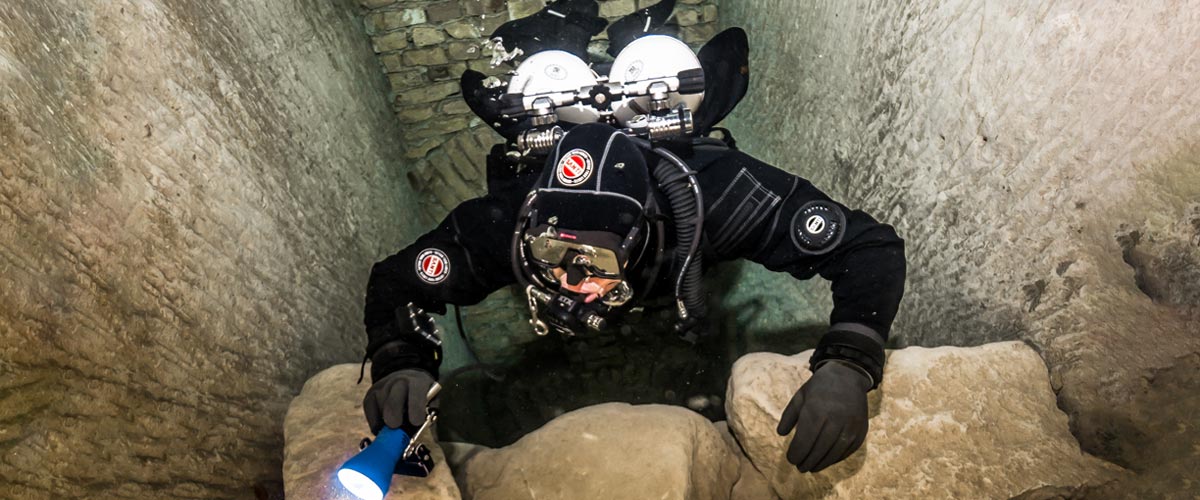
Article by José Pablo Mir
Pictures by Cezary Abramowski
The world of technical diving is exciting. It opens the door to new sites, depths, and bottom times. More importantly, it opens our minds to a new way of planning, facing, and experiencing dives, even those not purely technical.
Becoming a technical diver is a process, and like in other aspects of life, we should find the proper entry point that suits us best based on our knowledge and experience. The Introduction to Technical Diving course from TDI -the world’s largest and most recognized technical diving teaching organization- is the best option for divers who have yet to gain experience in the fundamental aspects of this new practice. The course’s content and its embrace of new techniques and technologies make it possible to acquire a solid foundation to learn and gain experience in this practice properly.
Becoming a technical diver is not something that happens overnight, whether deciding to become one or receiving a certification card stating we are now technical divers. It is a slow process extending farther away than any introductory course. It requires effort and dedication. But it will bring us satisfaction from day one -or two.
It is a matter of mentality
First, we must understand and accept that technical diving, involving greater depths, longer bottom times, exotic gases, virtual or real ceilings, and more, comes with higher levels of risk than the sport diving we have been practicing until now.
Although this discussion usually starts with a warning about risks, as I’ve done in the previous sentence, our practice is not a game of chance.
Technical diving is a rational activity that requires maturity and good judgment, and we will put everything into ensuring that each dive is a successful one -meaning we return from it safe and sound. With this understanding, we will strive to establish a mental attitude more aligned with our practice and its realities.
This new “technical diver” mindset we will develop will lead us to be more cautious in our executions, more analytical in our plans, more rational in our strategies, and more detailed in our procedures.
Experience will keep teaching us to know ourselves better, to keep our anxiety and other emotions under control, and to manage our impulses. Over time, our senses will sharpen, and we will be more attentive to the particulars of the situation we find ourselves in.
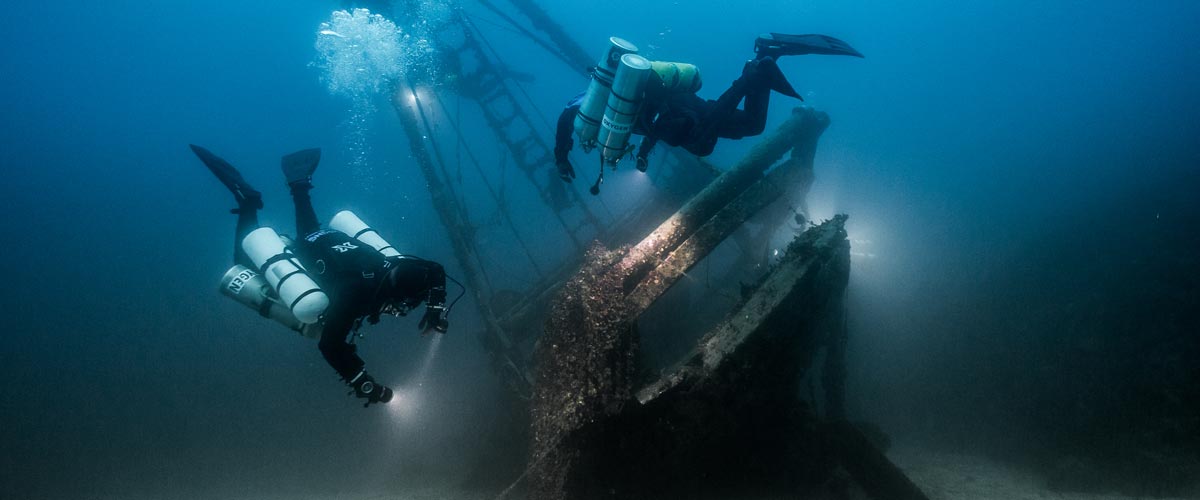
Strategies and procedures
Our strategies, those broad guiding lines tracing the path to follow, from how to approach planning to where, with what, and how we are willing to get there, will be more specific and more practical. Not because they magically become so, but because we will consciously and deliberately frame them that way.
We will establish clear, concise, and realistic procedures. Not only for the undesirable situations that may present themselves but also for those that are part of our dive objectives.
Even though, as technical divers, we often use equipment different from what we were previously accustomed to, it is essential to note that the gear does not make the diver. In a way, we could consider such equipment as the necessary tools to implement what our goal seeks to achieve, according to our strategies and procedures.
Technique plays an important role
We must put our greatest effort into learning and perfecting the different techniques we will be acquiring. Buoyancy, trim, propulsion, cylinder handling, deploying DSMBs and lift bags, valve drills, and more are essential skills we must begin to master to progress in our art. What we cannot do, when we need to do it, can harm us.
Our techniques must be effective and achieve the purpose for which they were devised. But they must also be efficient and require the least resources possible, including the time they take and the effort they demand. Effectiveness and efficiency will prevail over beauty and other considerations that may come to mind, although none of them should be mutually exclusive. A technique executed efficiently and effectively tends to have an inherent beauty.
Refining techniques is a lifelong mission. Some of them will be easy to master from the go; others, on the other hand, will be our life mission and will require many repetitions just to resemble the idea we have in mind of how they should be executed.
We must consider the environment
Our learning, the needs and musts of the practice we engage in, the experience we gradually gain, our strategies and procedures, and even our equipment and tools change with the environment.
Diving in the ocean, everything about us must be suitable for ocean dives. Conditions there rarely emulate those found in a pool, lake, or river. Variable winds and currents, greater depths, visibility conditions, other divers with uncertain skills around us, marine life, maritime traffic, distance from the coast, and many other factors add complexity and uncertainty.
It is never necessary to master the pool on the first day, but planning and aspiring to gradually cope with the ocean’s conditions is essential.
The cost of good training
We are aware that our resources are often scarce in relation to the possibilities of use we could give them if they were not. To a greater or lesser extent, we are part of the economic reality in which we are embedded.
Fortunately, the cost of good technical diver training is not an entry barrier. Comparing training and equipment costs, we see that the former are generally lower. Yes, lower cost for personalized service, essential to our future
performance and safety, than for a series of mass-produced products that are mere, albeit necessary, tools for an end.
The value of good training
The value of the training we received encompasses a range of characteristics, from emotional and methodological to technical and technological. TDI and its Introduction to Technical Diving course offer a deep and modern approach, with a teaching strategy that aims to create thinking divers, not merely obedient ones.
As technical divers, our knowledge is our primary tool. In this type of activity, what we don’t know can harm us.
Is this course optional?
Unfortunately, the fact that this Introduction to Technical Diving course is not a prerequisite for any subsequent training is an invitation to consider it optional. And we all know what usually happens to “optional” under budget constraints.
However, this course should be seen as optional only by those divers who are somehow familiar with the use of technical equipment, who have a mindset more in line with the requirements of this type of diving, who plan and execute the dives the proper “technical” way, who know their gas consumption rate, who are not intimidated by non-decompression tables, who feel comfortable using their dive computers, and know the techniques and have at least an acceptable level of buoyancy, positioning, and propulsion. Those can go straight to a more advanced training course, such as TDI’s Advanced Nitrox.
We must ask ourselves whether or not we are in that group.
Remember our goal: to have fun
Recreational diving is our passion. Jumping into the water carrying heavy equipment and having properly dotted our I’s and crossed our T’s have only one ultimate goal: fun. This is the activity we have chosen as a hobby. We must enjoy it; it must give us pleasure and make us vibrate.
Having a good time is not optional!
Blogs
Four opportunities to go pro in 2024 with Dive Friends Bonaire
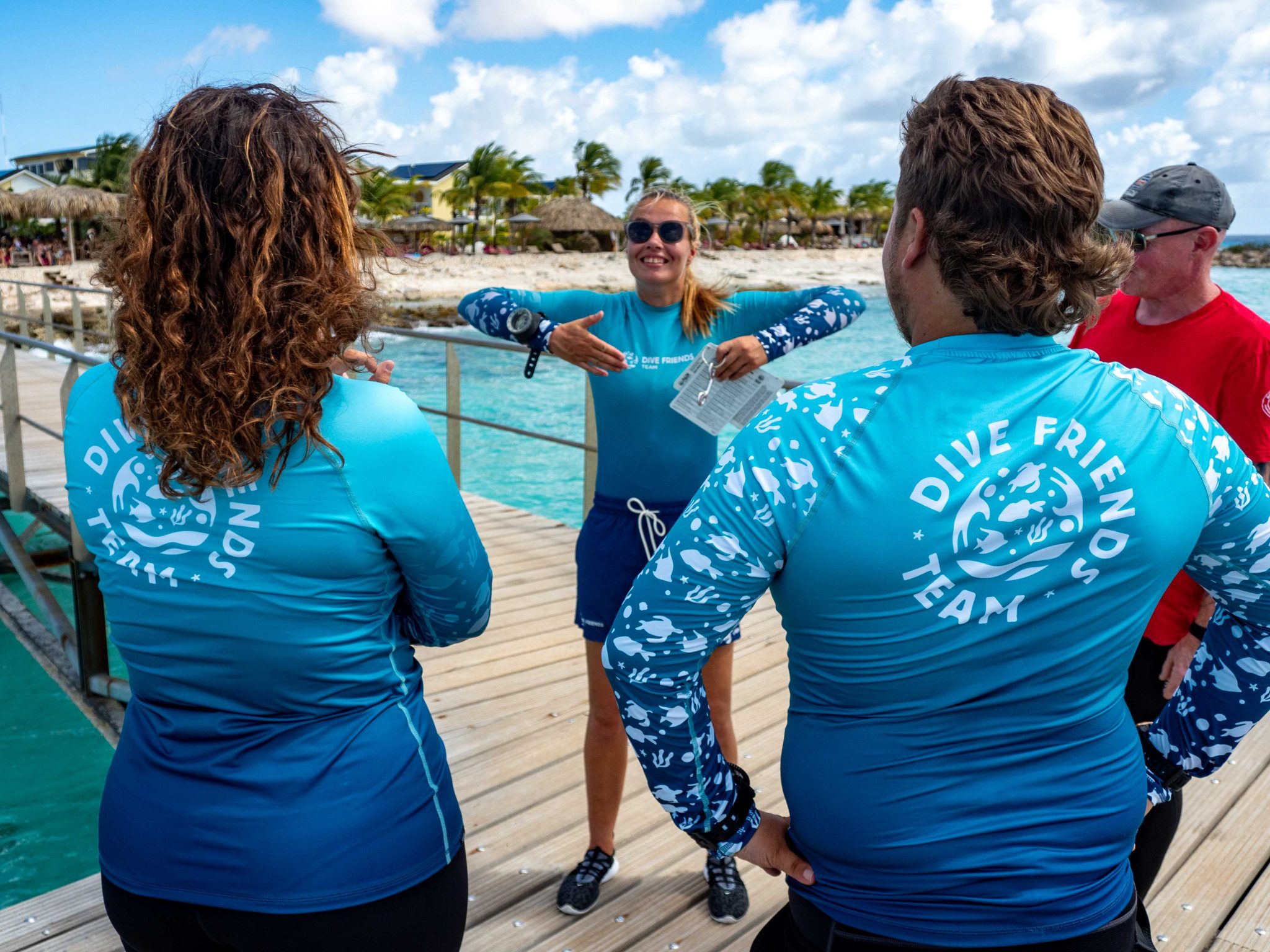
Dive Friends teaches the Instructor Development Course (IDC) several times a year to students who are eager to share their passion for diving with the world.
Dive Friends is known for the personal approach throughout the course. Their in-house course director will lead the students through every essential step, mentoring them to achieve their fullest potential as a dive instructor.
Applications for the following IDC start dates are now open:
- 12 April
- 5 July,
- 20 September
- 29 November
Partnership with Casita Palma
If the student opts for the IDC-Deluxe or IDC-Supreme package, their accommodation will be arranged for them at Casita Palma. This small and quiet resort is within walking distance from Dive Friends Bonaire’s main dive shop location and has everything you need to relax after an intense day of IDC training. Breakfast is included, so the student will always be fuelled and ready for their day.
Contact Dive Friends Bonaire’s Course Director Eddy for more information: coursedirector@divefriendsbonaire.com.
-

 News3 months ago
News3 months agoHone your underwater photography skills with Alphamarine Photography at Red Sea Diving Safari in March
-

 News2 months ago
News2 months agoCapturing Critters in Lembeh Underwater Photography Workshop 2024: Event Roundup
-

 Marine Life & Conservation Blogs2 months ago
Marine Life & Conservation Blogs2 months agoCreature Feature: Swell Sharks
-

 Blogs1 month ago
Blogs1 month agoMurex Resorts: Passport to Paradise!
-

 Gear News3 months ago
Gear News3 months agoBare X-Mission Drysuit: Ideal for Both Technical and Recreational Divers
-

 Blogs2 months ago
Blogs2 months agoDiver Discovering Whale Skeletons Beneath Ice Judged World’s Best Underwater Photograph
-

 Gear Reviews2 months ago
Gear Reviews2 months agoGear Review: Oceanic+ Dive Housing for iPhone
-
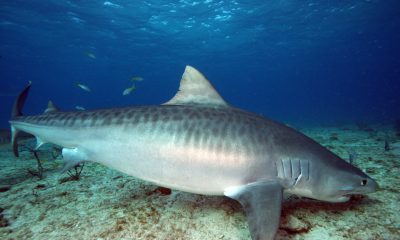
 Blogs3 months ago
Blogs3 months agoThe Thrilling Encounter with Tiger Sharks at Beqa Lagoon’s ‘The Colosseum’ with Coral Coast Divers













